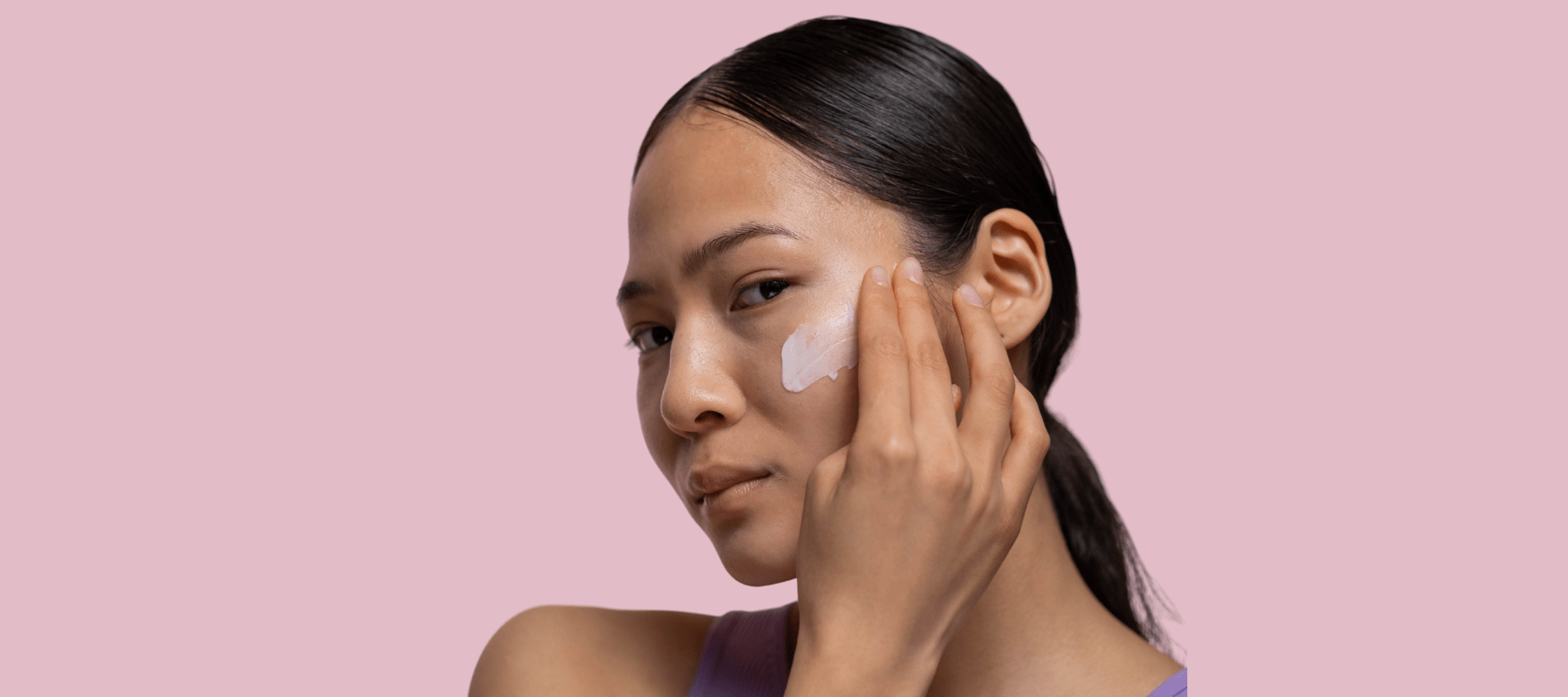
Alpha Hydroxy Acid: AHA Skin Benefits & How To Use It?
If radiant and glowing skin is all that you wish for, you should inculcate Alpha-hydroxy acids in your skincare routine. AHAs not only polish your skin but also offer other effects, such as lightening skin and minimizing the visibility of fine wrinkles.
AHAs are commonly used to smooth the skin, reduce dark spots or hyperpigmentation, and reduce the appearance of blemishes.
This post will examine how AHAs operate, their possible advantages, and methods to use them properly.
What is Alpha Hydroxy Acid?
Alpha-hydroxy acids are a class of botanical and animal-derived acids in a wide range of skincare products. These include daily anti-aging products, such as toners, serums, creams, and focused treatments, such as chemical peels.
AHAs break down the gluey material that holds skin cells together to release the outer layer of old skin cells. This stimulates the skin's cell growth, increasing cell turnover.
Different Types of AHAs?
There are seven different forms of AHAs we can find in skincare products. These include:
- Lactic acid: found in dairy and fermented vegetables.
- Glycolic acid: derived from sugarcane.
- Citric acid: found in citrus fruits.
- Malic acid: found in apples.
- Tartaric acid, which is present in grapes.
- Hydroxycaproic acid: found in royal jelly.
- hydroxycaproic acid: found in animals.
Some of the most popular AHAs are glycolic and lactic acid. However, all AHAs function in the same way.
How Do AHAs Benefit the Skin?
A lot of research has been done on the applications and efficacy of AHAs. However, of all the AHAs, lactic acids and glycolic are the most effective and best researched. Both of these AHAs are also less prone to irritate the user. As a result, most over-the-counter AHAs incorporate either lactic acid or glycolic acid.
Let's talk about some benefits of AHAs for your skin:
1. They help to exfoliate:
The main purpose of AHAs is to exfoliate the skin. This is the fundamental basis for all of the additional advantages.
Exfoliation is the process through which the skin cells on the outermost layer are shed. This not only removes dead skin layers but also allows for the development of new skin cells.
Your skin's regular cell reformation slows down as you age, causing dead skin cells to collect. When you have a large accumulation of dead cells, they cause buildup and make your complexion appear lackluster.
The collection of dead skin cells can exacerbate other underlying skin disorders, such as:
- acne
- wrinkles
- age spots
However, not all AHAs contain the same exfoliating ability. The kind of AHA you apply determines the quantity of exfoliation.
2. They aid in the brightening of the skin:
When acids like these exfoliate your skin, it dissolves the dead skin cells. The new skin that has emerged is more vibrant and radiant. AHAs have glycolic acid that can help break down the skin cell buildup, while citric acid may illuminate your skin more significantly.
3. They aid in the formation of collagen:
Collagen is a high protein fiber that helps to maintain plump and smooth skin. These fibers degrade as you age. UV rays may also hasten collagen degradation. As a result, the skin may become sallow and drooping.
Collagen is found in the deeper layer of your skin. Agents like AHAs can work magic on the dermis when the top layer is gone. AHAs may aid in collagen formation by eliminating existing collagen fibers to make place for new ones.
4. They aid in reducing the look of surface wrinkles and lines:
Surface lines are not an exception to the anti-aging properties of AHAs. According to one 2015 study Trusted Source, 9 out of 10 individuals who used AHAs for three weeks saw significant changes in general skin quality.
However, remember that AHAs only work on superficial lines and wrinkles, not deeper ones. Deep wrinkles can only be treated with doctor-administered fillers and other treatments, such as laser resurfacing.
5. They increase blood flow to the skin:
AHAs contain anti-inflammatory characteristics that can aid blood circulation to the skin. This can assist in improving the appearance of pale skin. Proper blood circulation also ensures skin cells get the desired nutrients they need via oxygen-rich blood cells.
6. They help in reducing discoloration:
With age, your chances of developing skin discoloration rise. Sun exposure, for example, can cause pale brown spots known as age-related pigmentation. They commonly appear on regions of the body that are exposed to sunlight, such as your hand, chest, and face.
Discoloration can also be caused by:
- melasma
- Acne scars
- post-inflammatory hyperpigmentation
AHAs encourage skin cell turnover. New skin cells have uniform pigmentation. Long-term usage of AHAs may improve skin discoloration by stimulating the turnover of old, discolored skin cells.
7. They help in acne prevention:
You might know benzoyl peroxide and other acne-fighting chemicals for obstinate pimples. AHAs may also help to prevent acne and scars.
When your pores get filled with dead skin cells, oil, and bacteria, acne pimples form; AHA exfoliation can help soften and eliminate the blockage. Regular use may also prevent subsequent obstructions.
AHAs may also help shrink enlarged pores, which is typical in acne-prone skin. Exfoliating lactic acids and glycolic can minimize acne scars by increasing skin cell turnover. Other AHAs, such as malic acids and citric, are used in acne treatments that help soothe inflamed skin.
8. They aid in product absorption:
Aside from their benefits, AHAs can improve the efficacy of your existing products by improving their penetration into the skin.
For instance, if you have a lot of dead skin, your regular moisturizer will only lie on top of them instead of nourishing the young skin cells underneath. AHAs such as glycolic acid can penetrate the layer of dead skin cells and help your moisturizer to hydrate your new skin cells.
Also Read: Alpha Hydroxy Acid: AHA Skin Benefits & How To Use It?
How to use alpha hydroxy acid (AHA):
AHAs can be used in several ways. They can be found in:
- Face wash
- Serums
- Moisturizers
- Toners or tonics
Some AHA products can be washed off, while others must be applied to the skin. This, as well as the concentration of AHA, can impact their efficacy.
Conclusion:
AHAs can be your ideal product if you're searching for considerable exfoliation. You can exfoliate your skin regularly using AHA-containing toners, serums, and moisturizers, or you can do a more severe peel treatment once or every other week. You can also try out The Pink Foundry’s Overnight AHA BHA Radiance Mask.






















































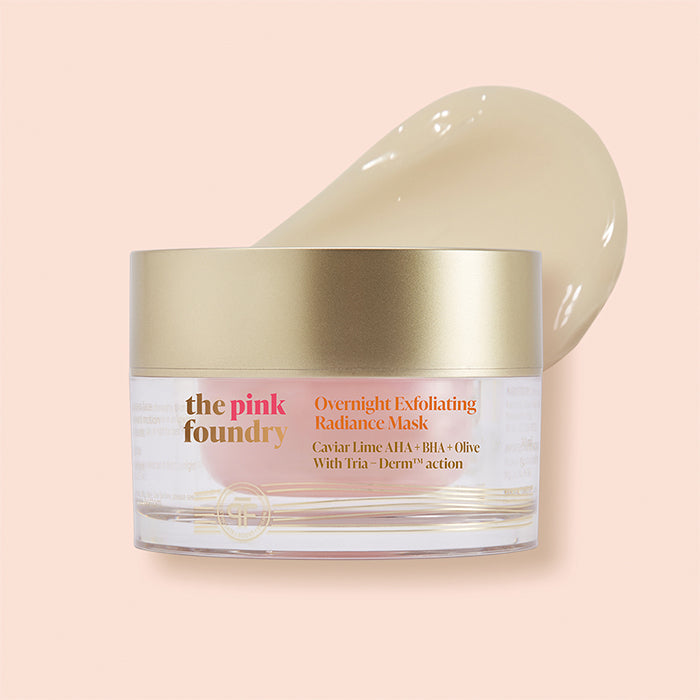

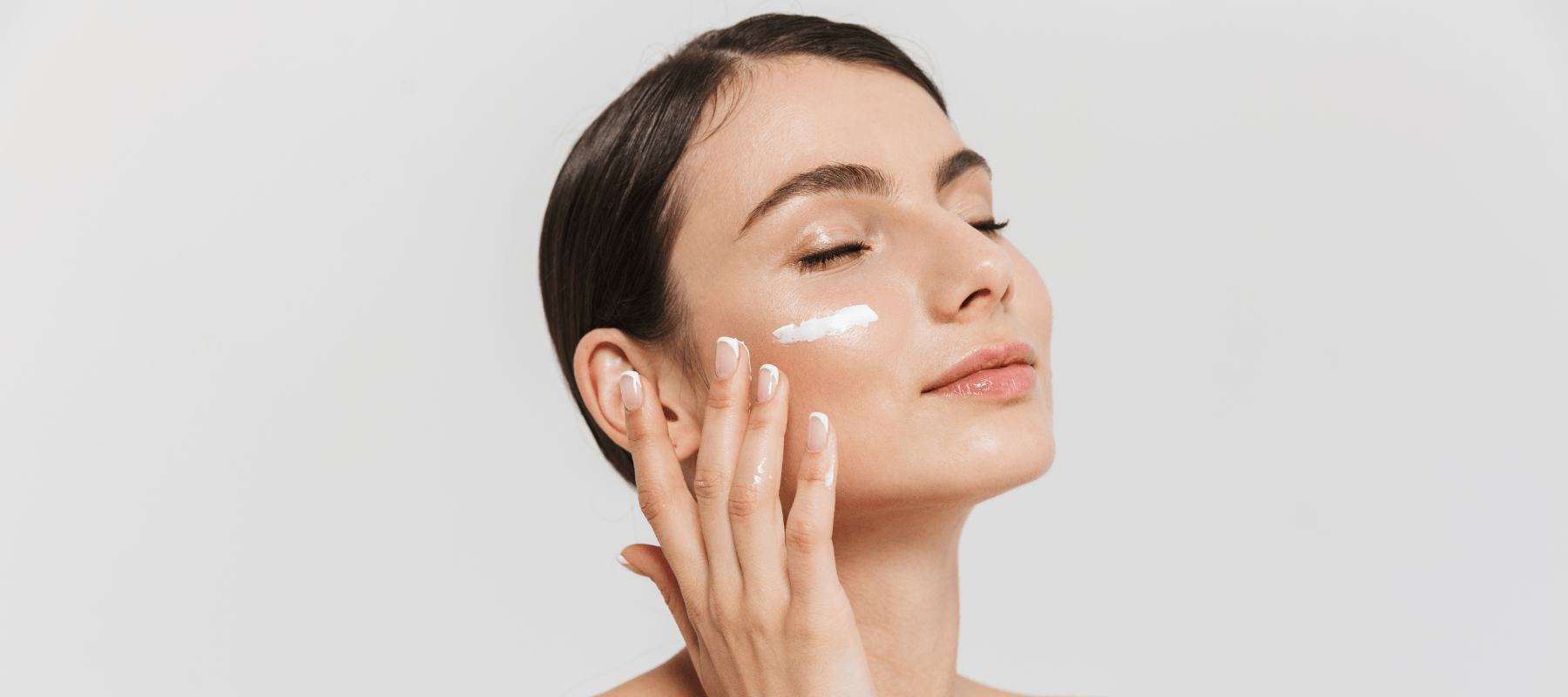
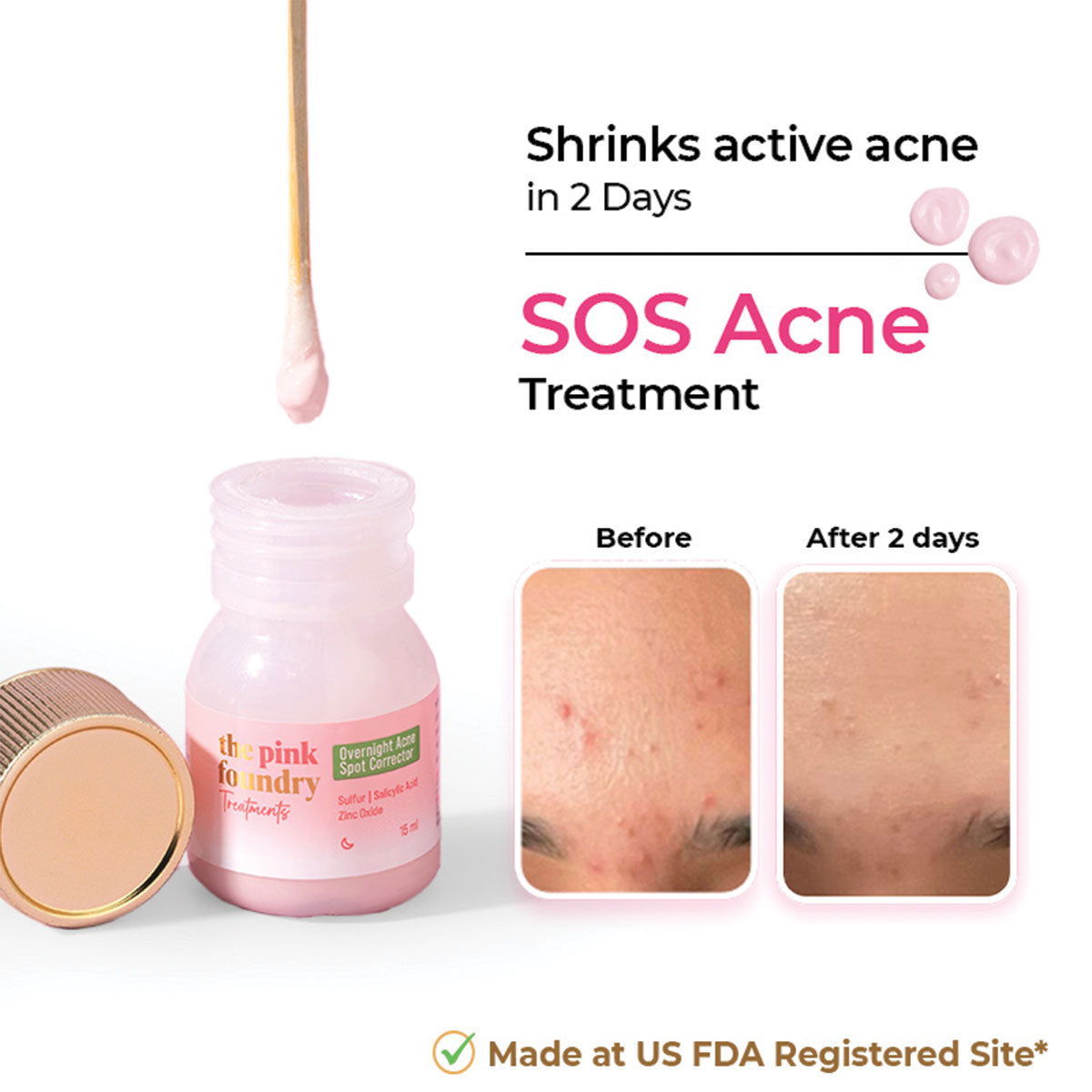
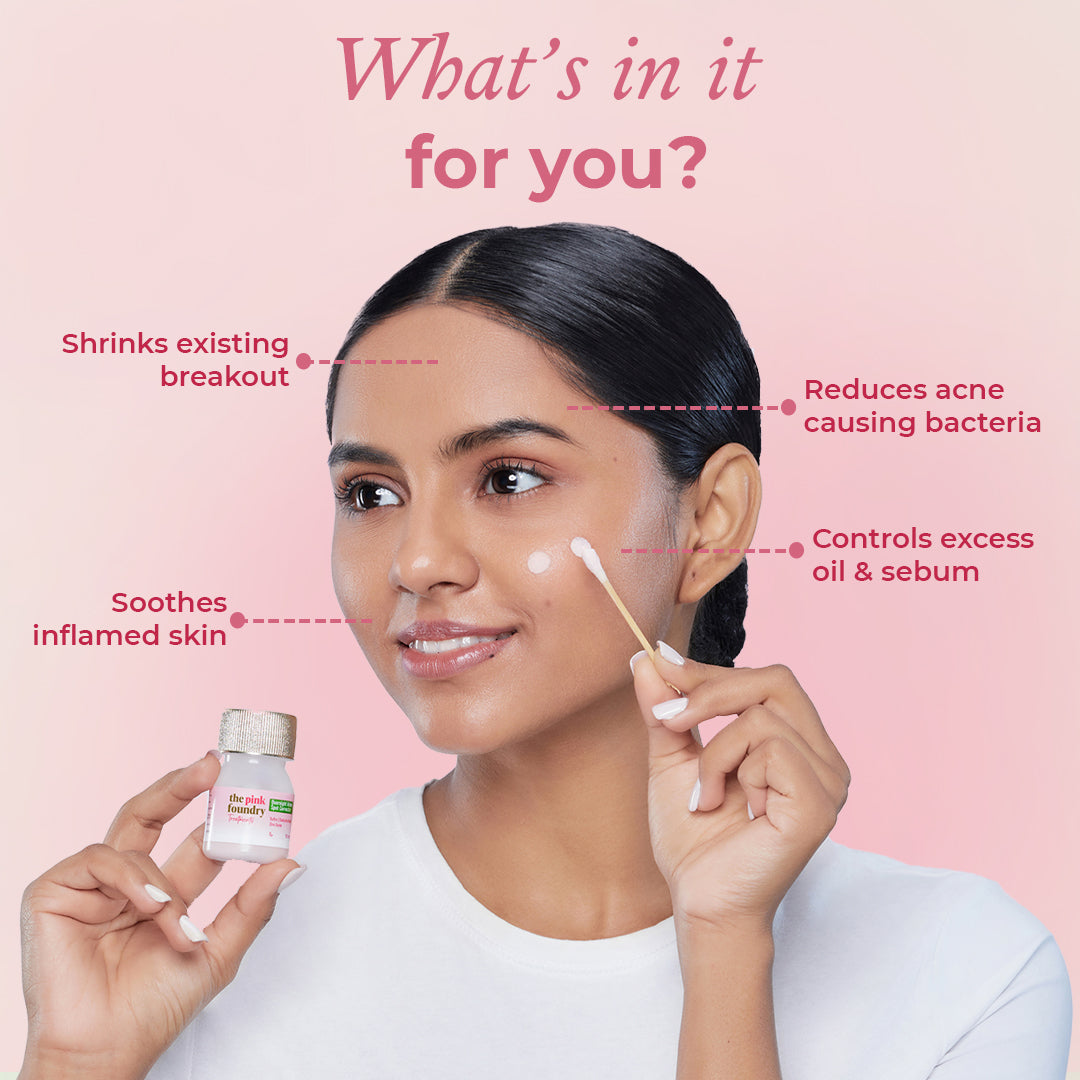
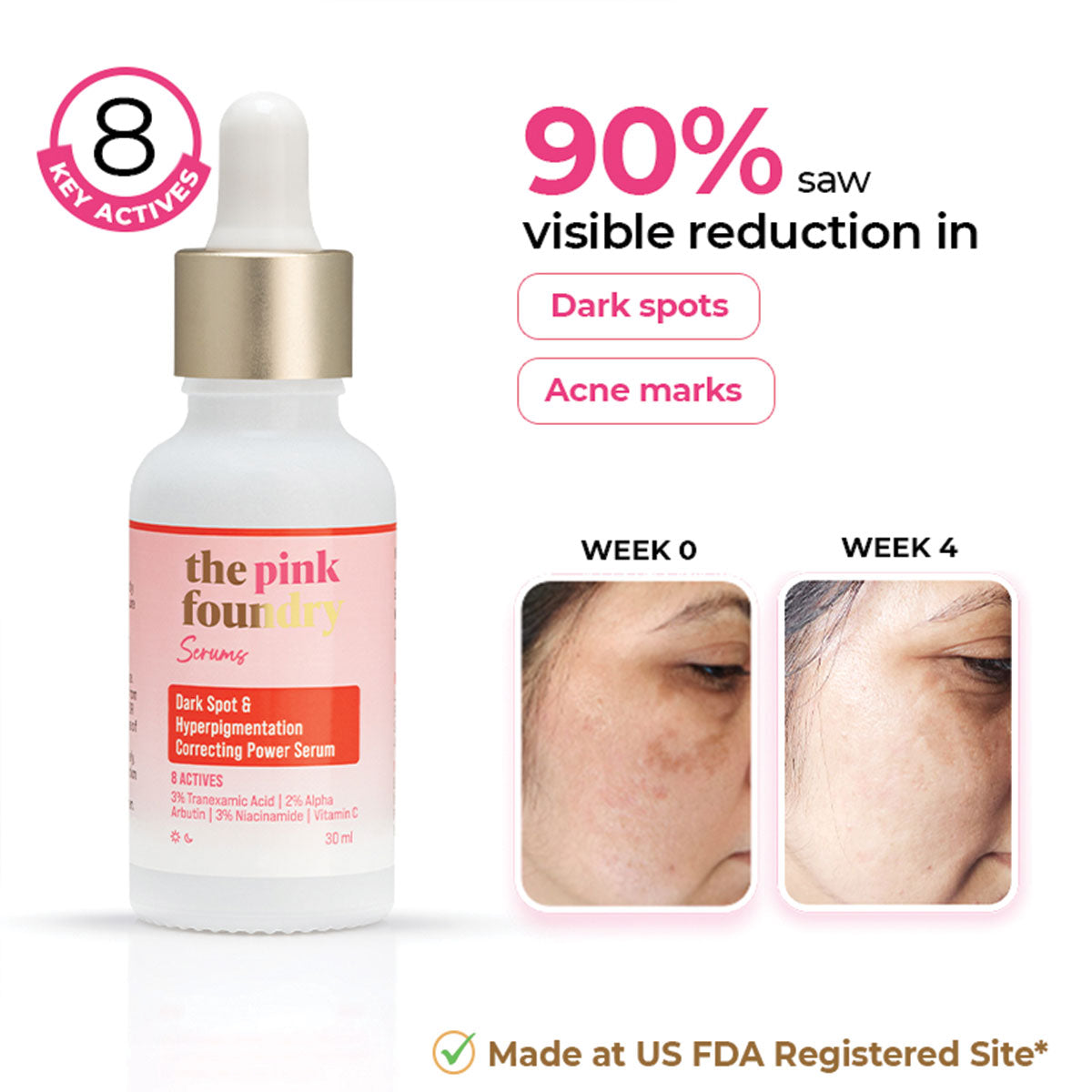
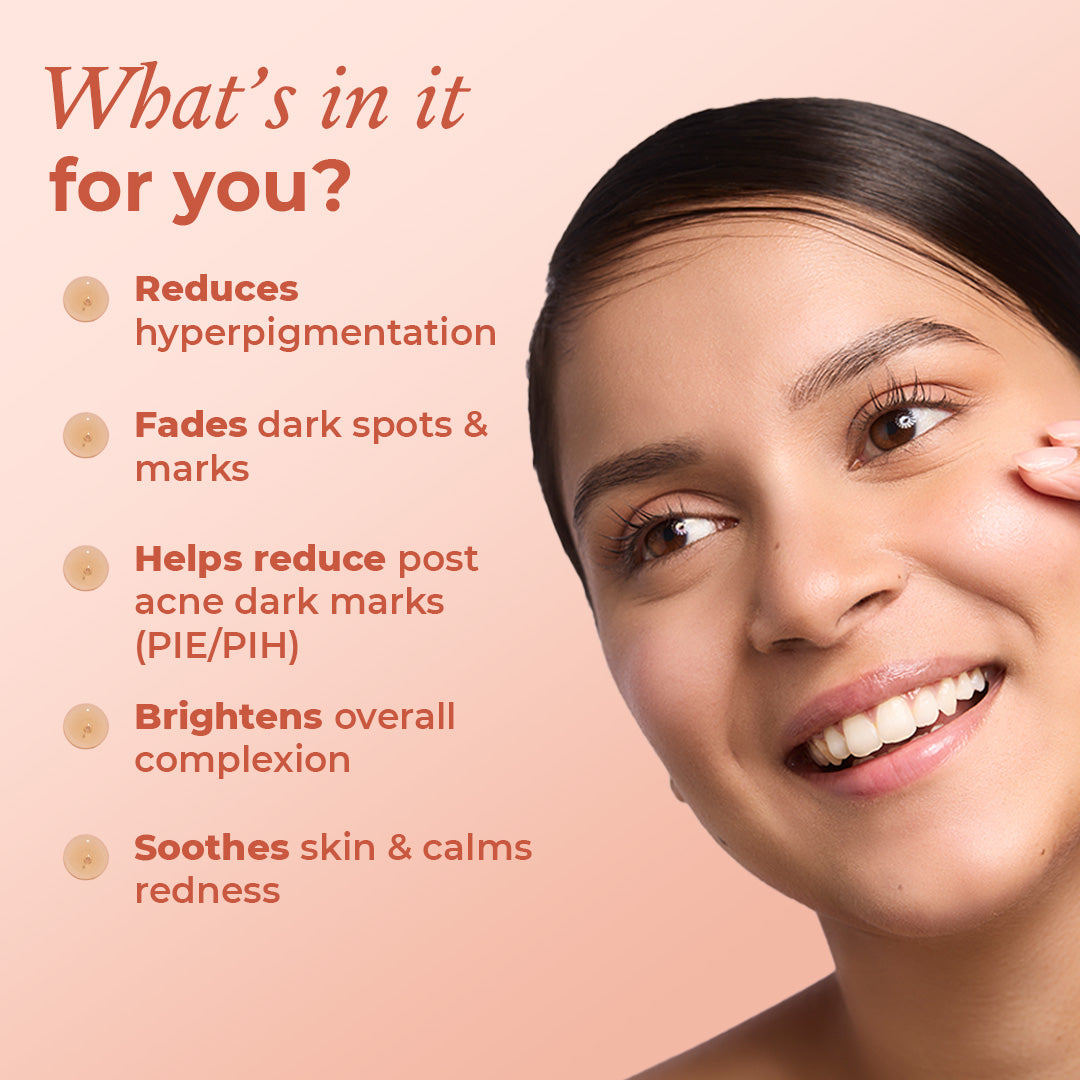
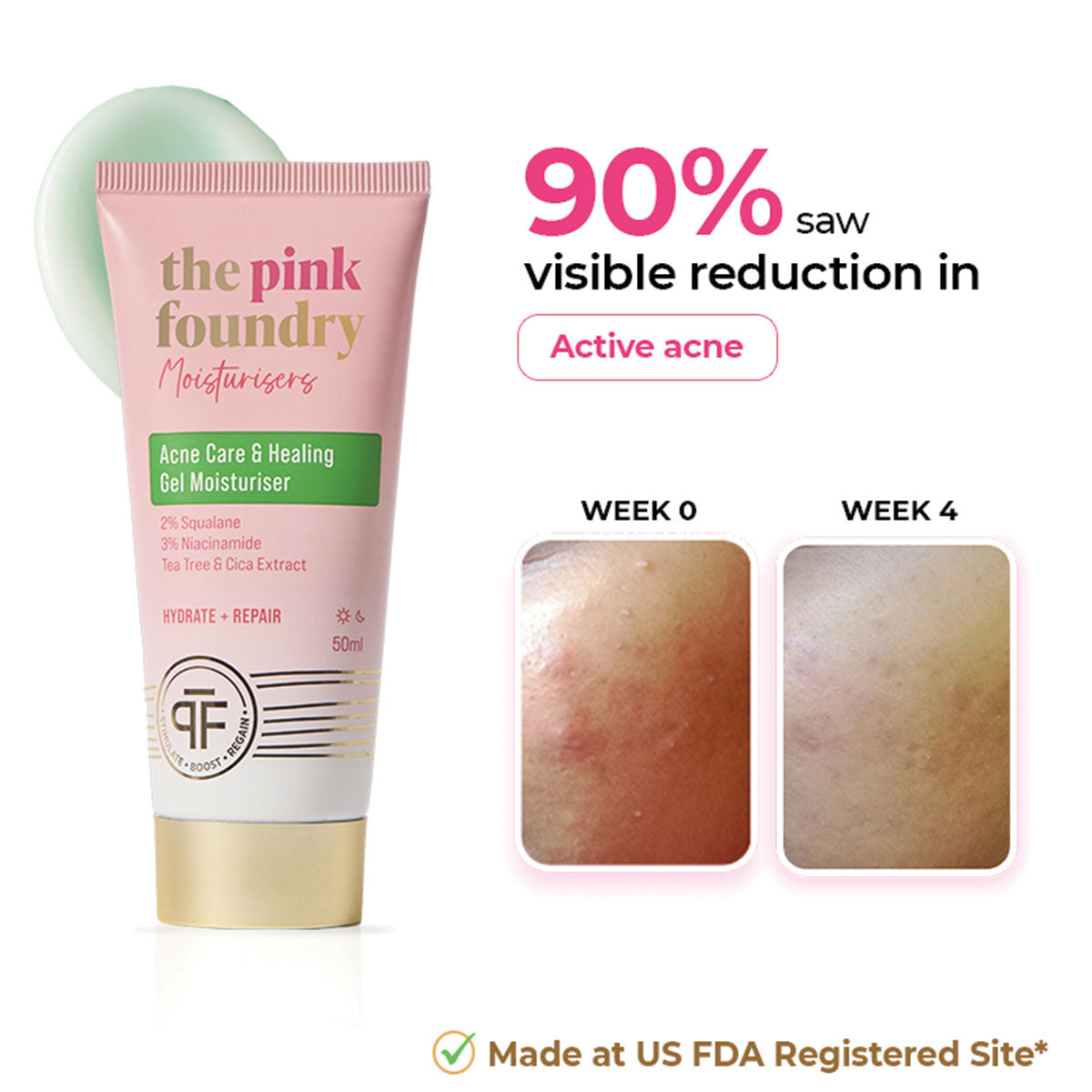
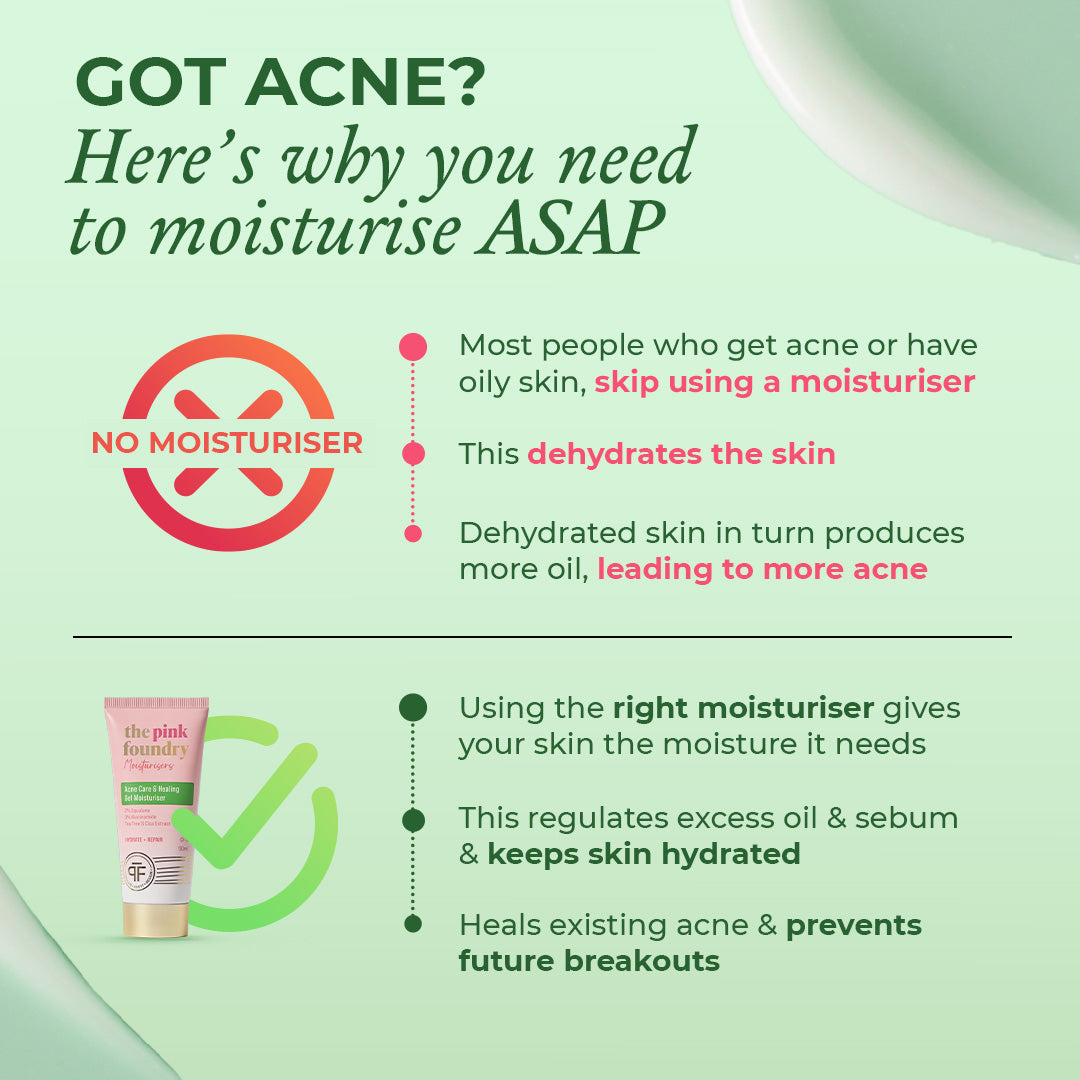
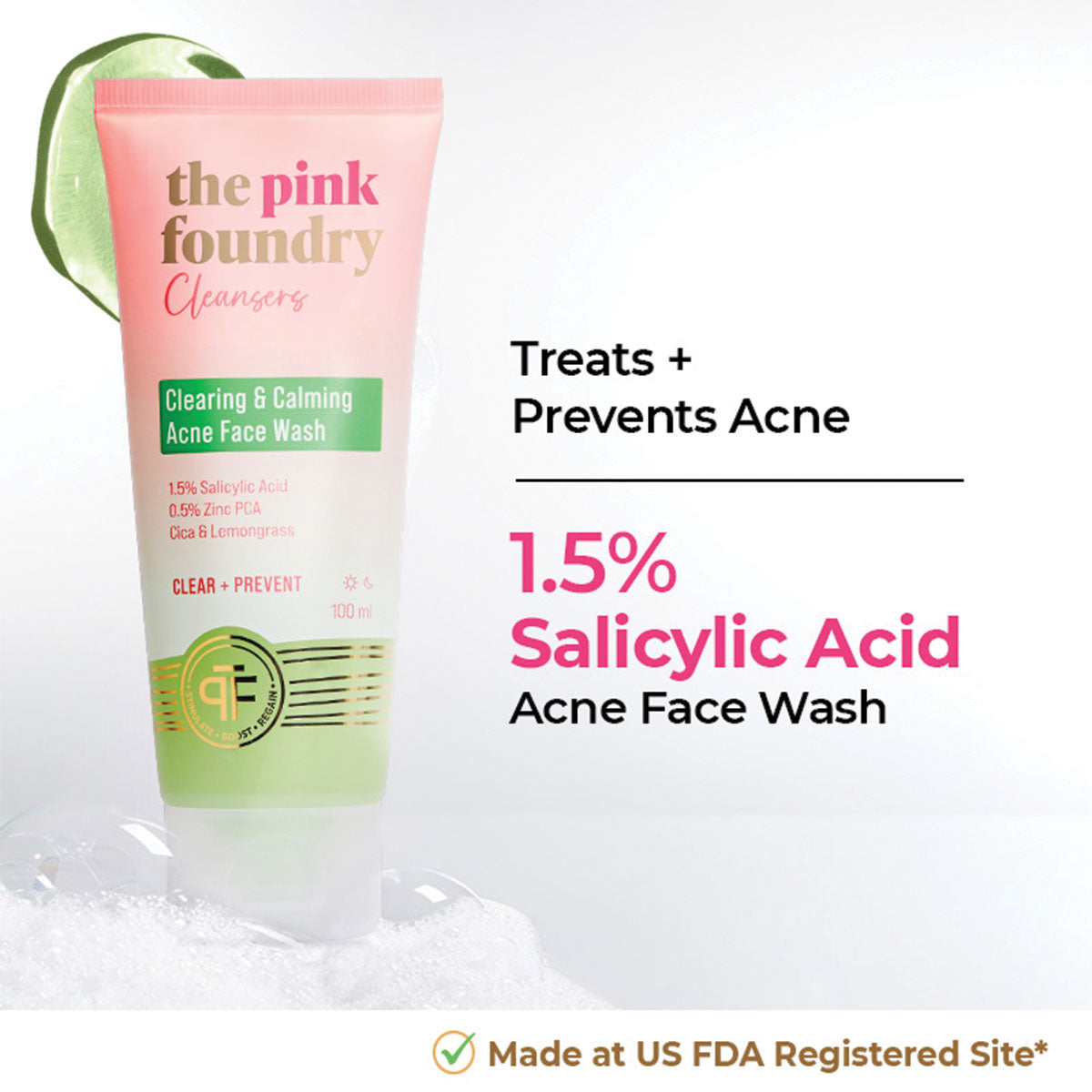
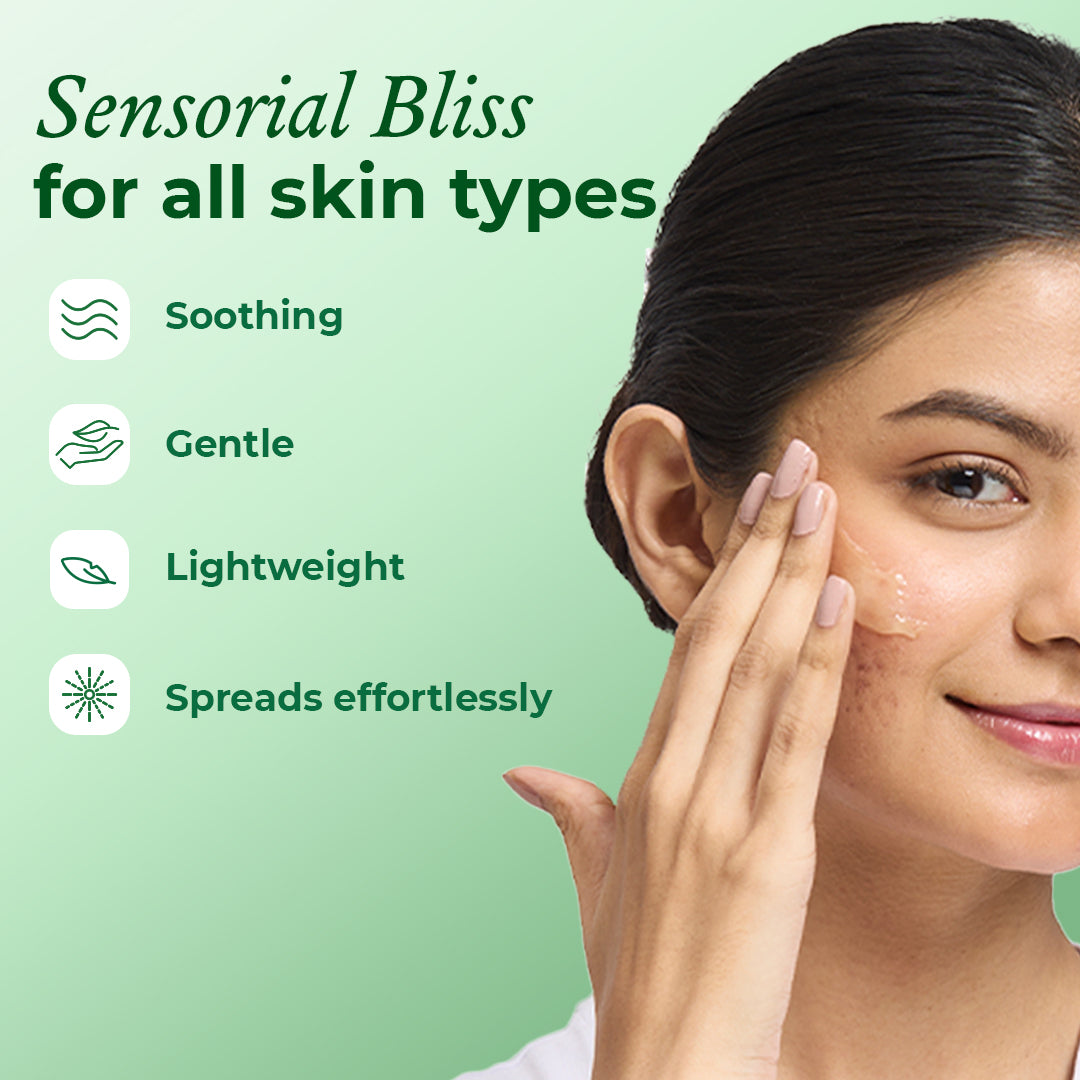
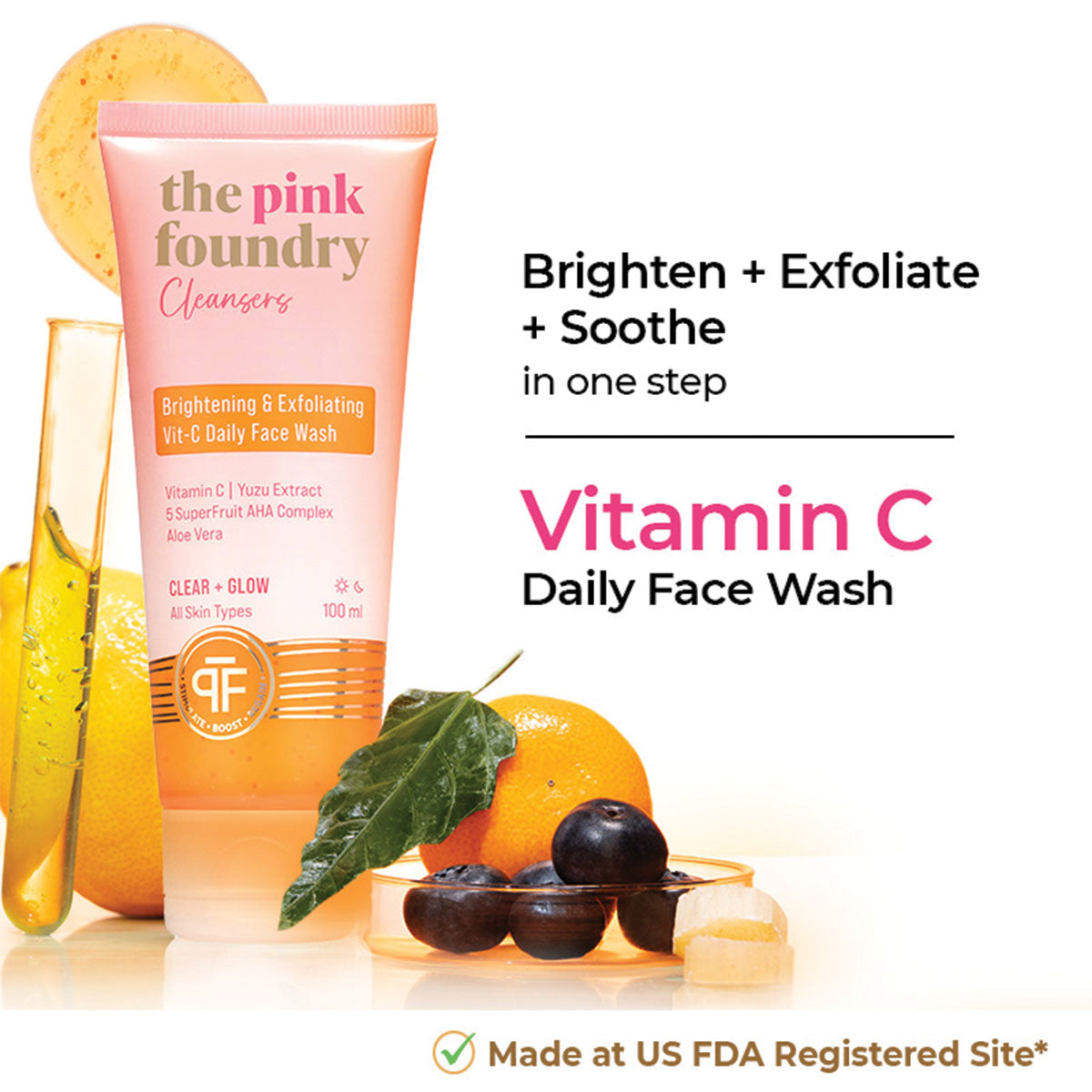
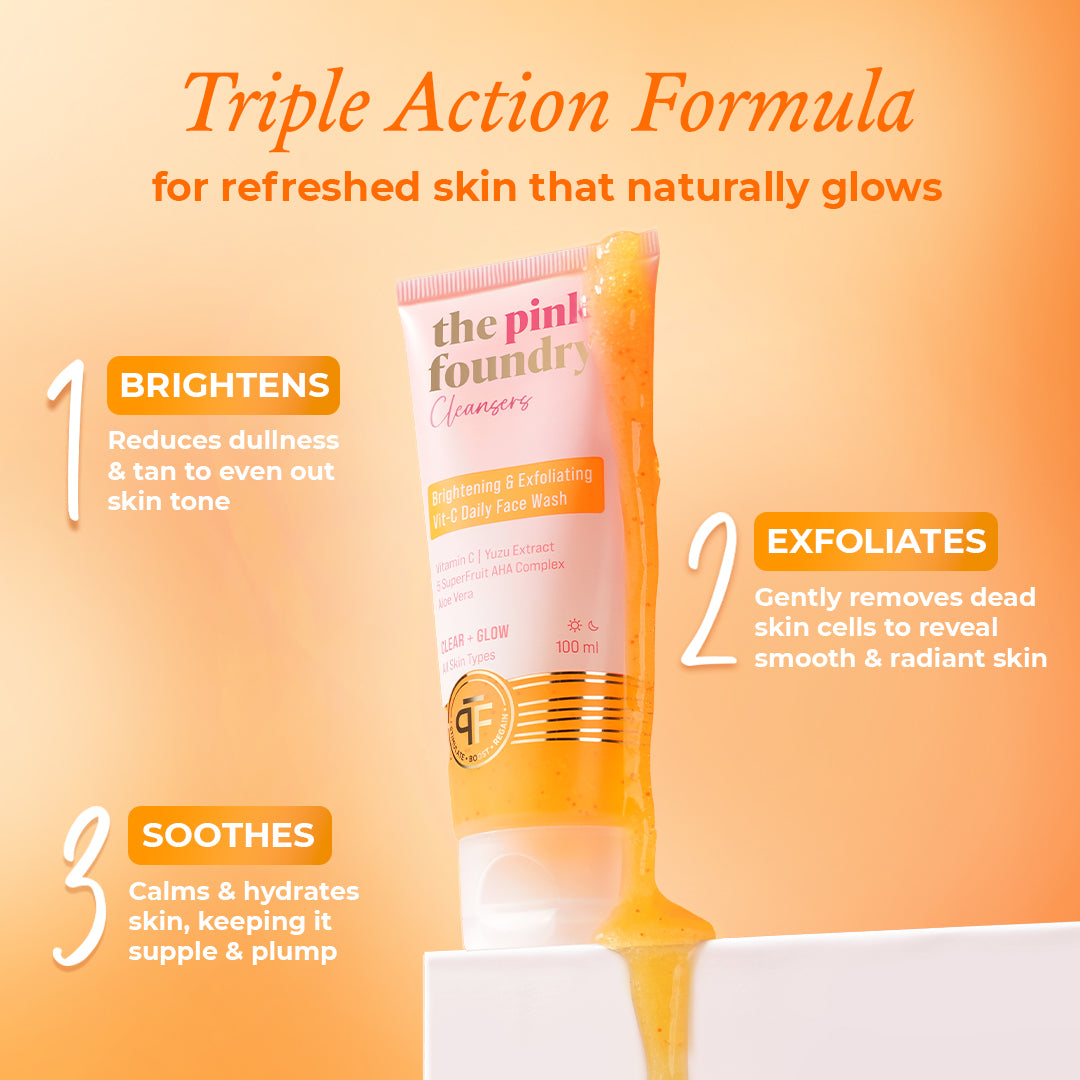

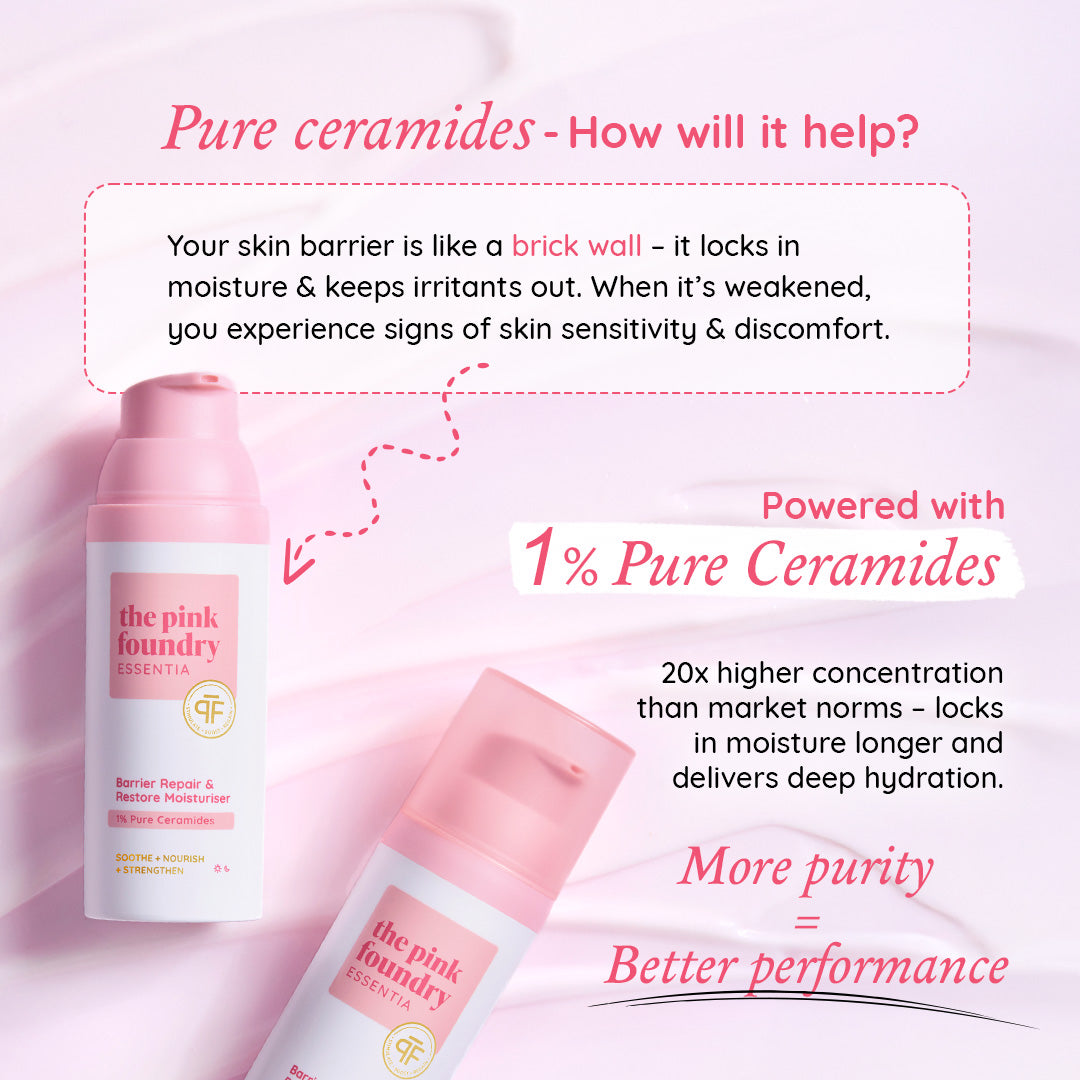




Leave a comment
This site is protected by hCaptcha and the hCaptcha Privacy Policy and Terms of Service apply.